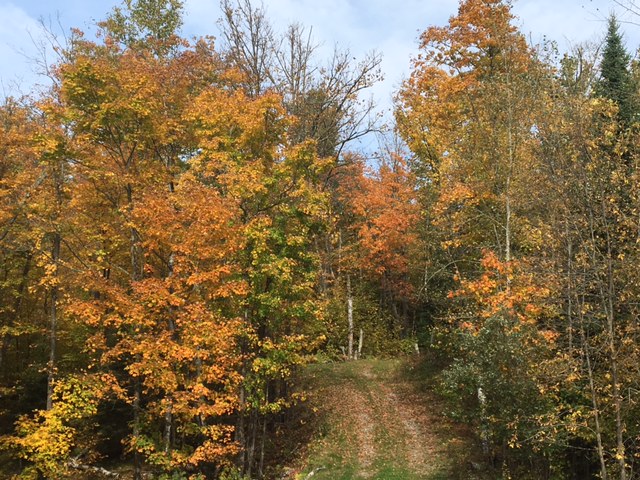Changes of Seasons
October 12, 2017
As we continue to enter the beautiful season of fall, we notice how striking the nature around us is. When temperature drops, the color of leaves change to red, orange, yellow and eventually fall to the ground. Have you ever wondered why the color of leaves change? Do factors such as weather and the length of the day have any effect?
According to the USDA Forest Service, leaves get their green color from Chlorophyll which is a green pigment found in algae and plants. The red, yellow, and orange color comes from something called Carotenoids which are bright pigments found in many plants and fruits such as corn, carrots, and bananas.
Another factor is a pigment that’s called Anthocyanin which is soluble in water and is contained in the water liquid of leaf cells. When the temperature drops, Chlorophyll slows down and eventually stops being produced which causes the leaves to turn from green to red, orange, yellow, and even brown.
Some trees turn their leaves a certain color each year. For example, hickory trees turn their leaves a golden-brown color while oak trees turn their leaves a variety of red shades. Overall, autumn is a complex season and hopefully you know more about what goes unseen to create this beautiful season!






